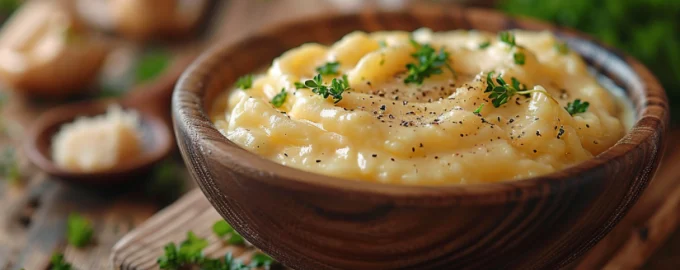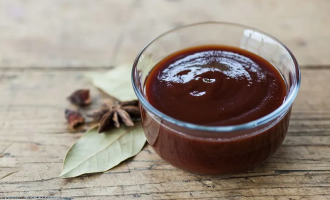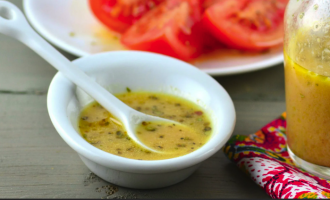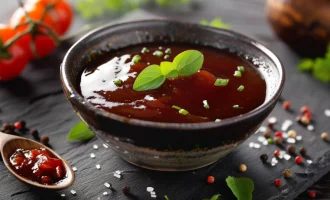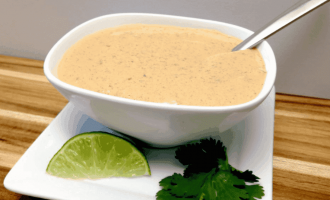Sweet and sour sauce, with its perfect balance of tanginess and sweetness, has deep roots in Chinese cuisine and has become a staple in Chinese-American and other Asian-inspired dishes around the world. Its history dates back to ancient China, where cooks sought to balance the five basic flavors of sweet, sour, salty, bitter, and umami. This sauce is most commonly associated with dishes like sweet and sour chicken, pork, or shrimp, and it’s also popular as a dipping sauce for egg rolls, spring rolls, and other appetizers.
- Pineapple juice 120 ml
- Water 120 ml
- White sugar 100 g
- White vinegar 60 ml
- Soy sauce 15 ml
- Ketchup 30 g
- Cornstarch 15 g
- Water (for cornstarch slurry) 30 ml
- Red food coloring (optional) a few drops (for traditional color)
- In a saucepan, mix together the pineapple juice, 120 ml of water, white vinegar, and soy sauce. Heat the mixture over medium heat.
- Stir in the sugar and ketchup until the sugar dissolves completely and the mixture starts to simmer.
- Dissolve the cornstarch in 30 ml of water to create a slurry. Slowly whisk this into the simmering sauce, continuing to cook until the sauce thickens to your desired consistency. This usually takes a few minutes.
- If you desire the traditional bright red color seen in many restaurants, add a few drops of red food coloring to the sauce. This step is purely for aesthetics and can be skipped if preferred.
- Remove the sauce from heat and let it cool to room temperature. The sauce can be used immediately or stored for later use.
Storage Tips
Sweet and sour sauce can be stored in an airtight container in the refrigerator for up to 2 weeks. The acidic nature of the vinegar and pineapple juice acts as natural preservatives. For longer storage, it can be frozen for up to 3 months and thawed in the refrigerator before use.
Useful Properties of the Main Ingredient
Vinegar, a key ingredient in sweet and sour sauce, is known for its health benefits, including antimicrobial properties and the ability to lower blood sugar levels. It’s also a low-calorie way to add flavor to foods, which can be beneficial for weight management.
Interesting Facts
- Sweet and sour sauce likely originated from the Hunan province in China, but the version most are familiar with today has been adapted for Western tastes.
- The addition of ketchup to sweet and sour sauce is a Western adaptation, giving the sauce both color and a unique flavor profile that differs from the traditional Chinese versions.
- Sweet and sour sauce has inspired a variety of dishes across different cuisines, demonstrating its versatility and widespread appeal.
Homemade sweet and sour sauce offers a fresh and customizable alternative to store-bought versions, allowing you to adjust the sweetness or sourness to your taste. Its vibrant flavor and simple preparation make it a must-try for fans of Asian cuisine and those looking to add a zesty kick to their meals.

